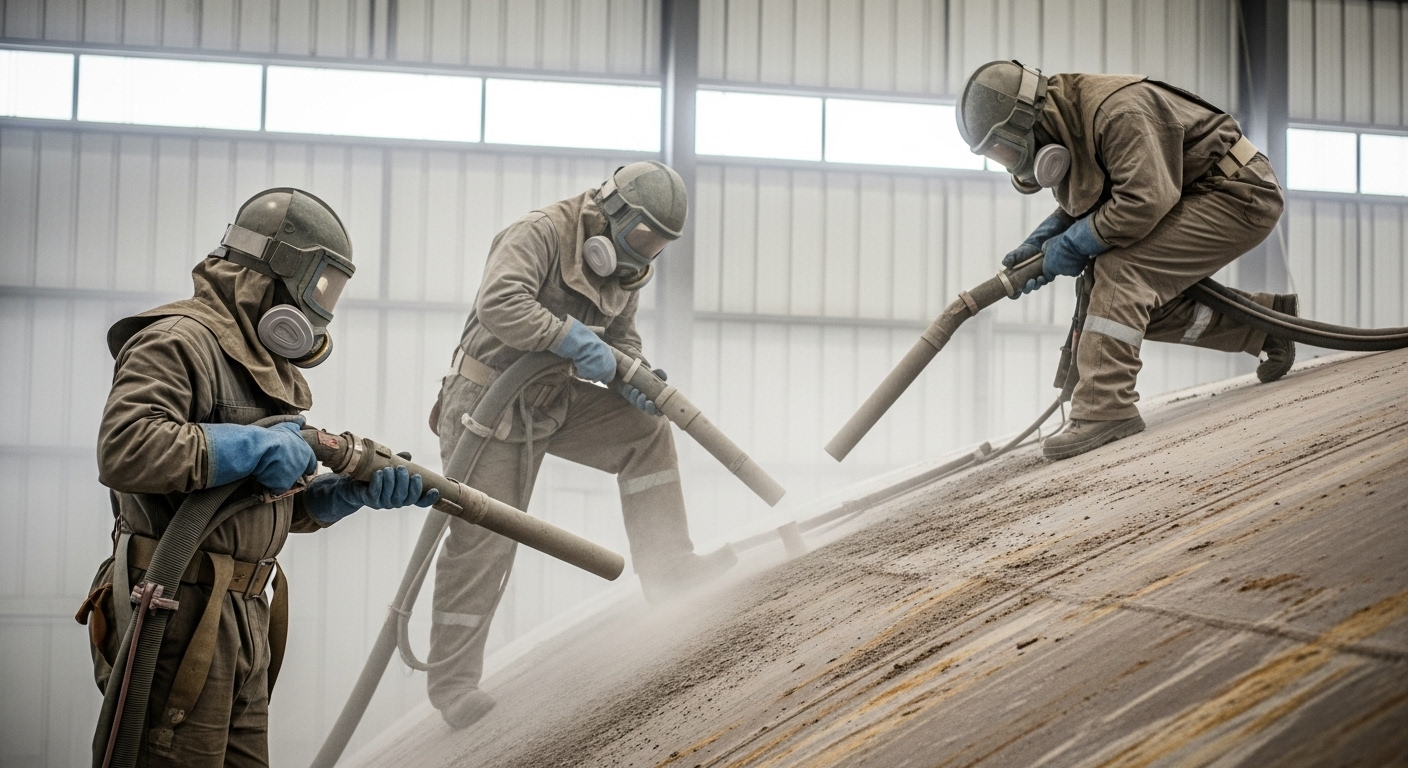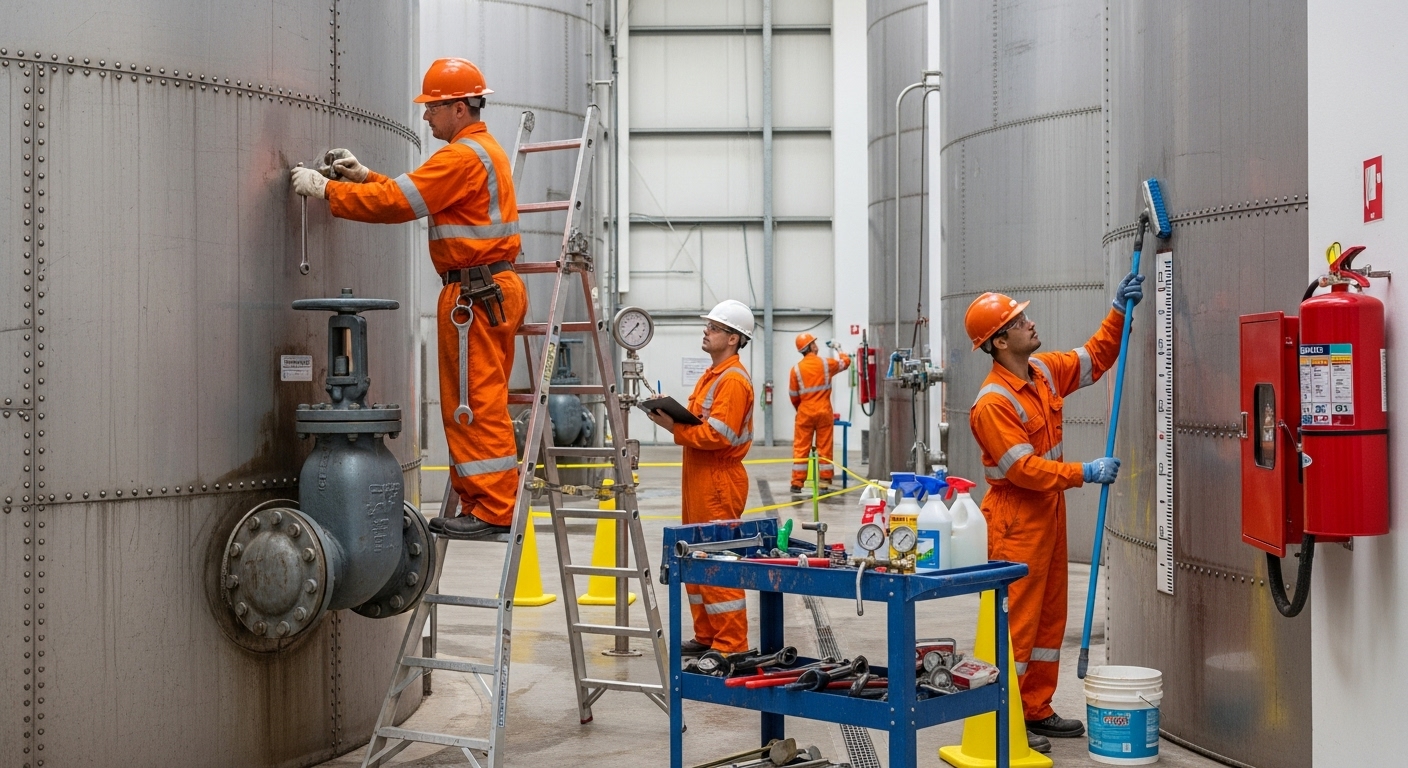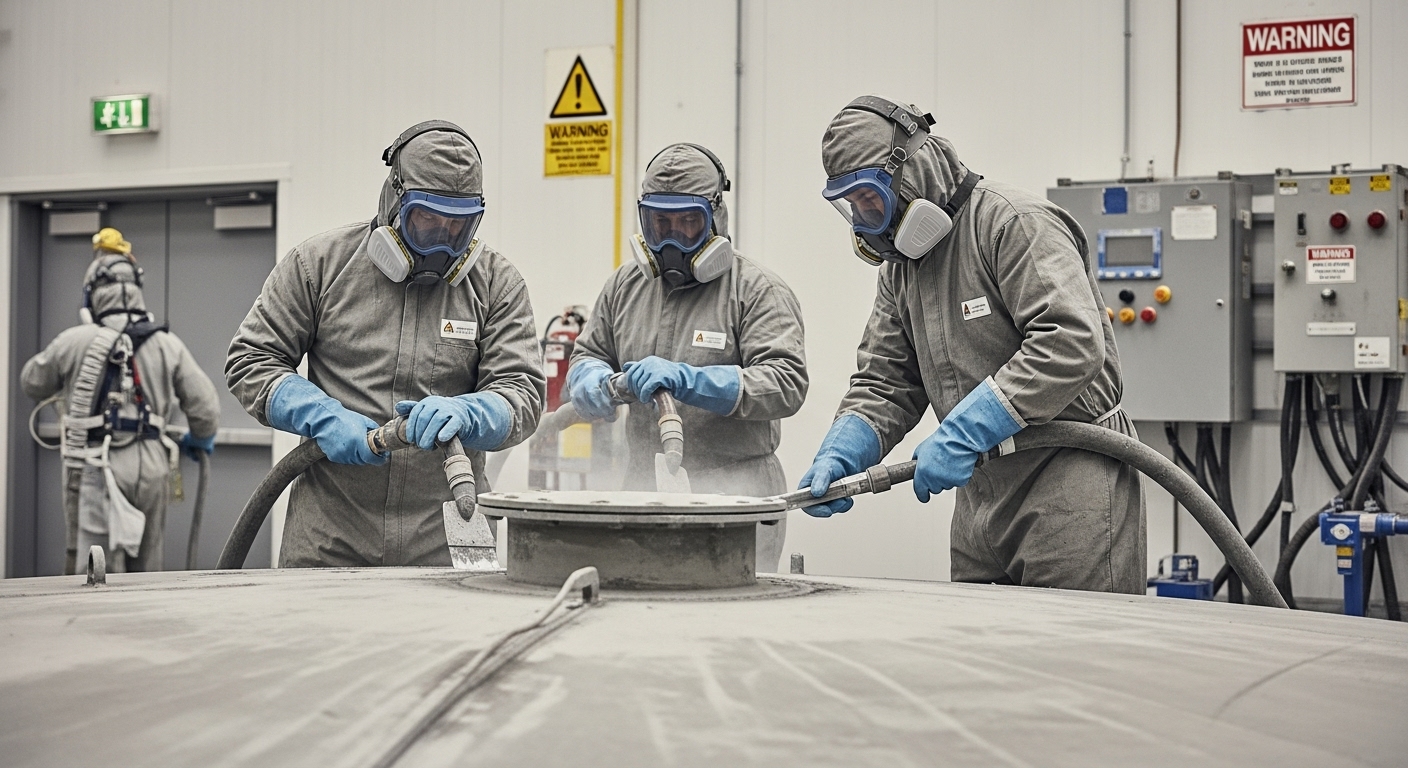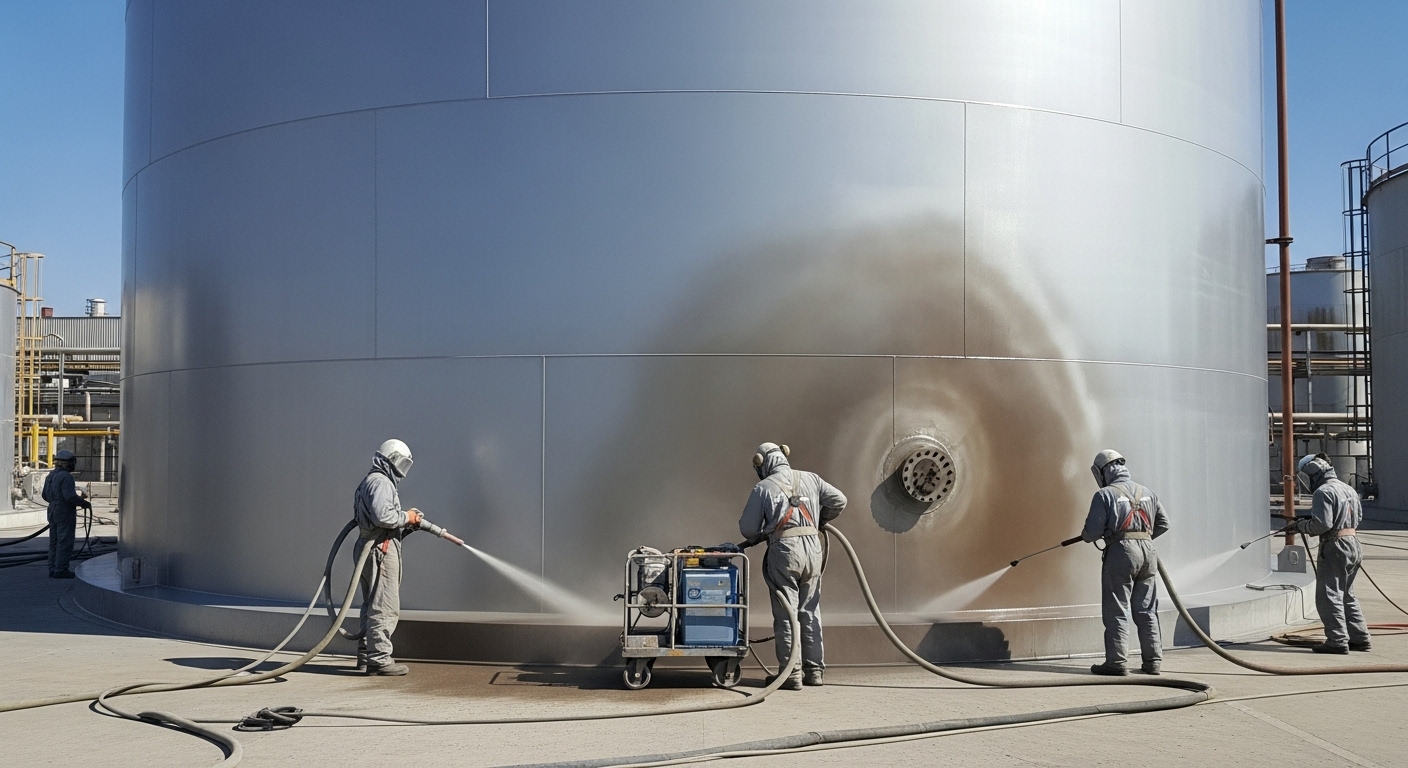When you drive past a community water tower or rely on the tap for clean drinking water, you probably don’t think about the fresh paint holding that system together.
Yet the reality is, painting a water tank is not about looks—it’s about protecting vital infrastructure, extending its life, and keeping the water supply safe. Communities, industries, and municipalities all depend on these structures to last for decades, and the paint is their first line of defense.
So, how much does water tank painting cost in 2025? The answer isn’t simple because every project is unique. Costs can vary based on size, location, materials, safety requirements, and preparation work. This guide breaks it all down so you know exactly what drives the price.
Think of it as your roadmap for understanding not just the costs, but also the value of investing in professional painting services that safeguard communities.
Breaking Down the Real Water Tank Painting Cost in 2025
The question everyone asks first: what’s the actual price tag?
On average, the water tank painting cost can range from tens of thousands to several hundred thousand dollars, depending on the project’s complexity. Smaller tanks or ground-level facilities are usually less expensive, while large elevated towers or tanks requiring specialized coatings push the price higher.
Think of this as more than a construction project—it’s a public health investment. Contractors don’t just apply paint; they protect against corrosion, ensure compliance, and extend service life. A good estimate always includes pre-painting inspection costs, which help determine the condition of the tank before work begins. These inspections uncover hidden issues that might increase costs but ultimately save money in the long run.
Bottom line: the range is broad, but the value is consistent. Every dollar spent on proper painting translates into safer water, stronger infrastructure, and fewer emergency repairs.
Understanding The Key Tank Coating Cost Factors That Impact Your Budget
Not all painting projects are created equal, and several tank coating cost factors directly influence your final bill. First is surface preparation expenses, which can include sandblasting, high-pressure washing, or chemical cleaning. This step is non-negotiable because without it, coatings fail prematurely.
Second, the choice of coating system matters. Premium coating system pricing may seem costly upfront but delivers far greater durability and fewer maintenance cycles over the years. Third, location plays a role—remote or hard-to-reach towers demand more labor, equipment, and safety measures, which increase costs.
You’ll also need to consider safety compliance costs, which cover things like scaffolding, fall protection systems, and worker safety training. These aren’t optional—they’re required by law and ensure projects run smoothly without risk. Each factor may seem small on its own, but together they explain why costs can vary so much from one project to another.
What to Know About Water Tower Painting Prices and Project Complexity
When it comes to elevated tanks, water tower painting prices naturally trend higher than ground-level tanks.
Why?
Because painting at height requires specialized equipment, certified crews, and added time. Towers also present greater safety concerns, which means added investment in protective gear and site supervision.
Complexity also comes from the tank’s condition. If there’s extensive rust or coating failure, refurbishment will take longer and require more layers of protective paint. Municipalities often use a tank painting cost calculator during planning to estimate expenses, but these tools only go so far. Real accuracy comes from professional evaluation on-site.
Remember that water towers serve entire towns or cities. Skimping on painting quality or rushing through preparation is never worth the risk. Paying the right price ensures that the structure continues to serve the community safely, efficiently, and for decades to come.
Planning A Realistic Water Tank Maintenance Budget for Long-Term Savings
One of the smartest ways to control water tank maintenance budget expenses is to think long-term. Painting isn’t a one-time task—it’s part of an ongoing cycle of care. This is where industrial tank budget planning comes into play.
By setting aside funds for maintenance, including periodic touch-ups, you reduce the risk of catastrophic damage. For instance, investing in regular painting every 15 to 20 years keeps costs predictable and avoids major emergency projects that can drain budgets. Factoring in routine inspections and surface preparation expenses early helps avoid surprise bills.
Municipal leaders and facility managers often view painting as a large, overwhelming cost. But reframing it as a predictable line item in the budget makes it far easier to manage. Ultimately, a smart budget isn’t just about saving money—it’s about ensuring your community’s water stays safe and reliable.
How Painting Project Estimates Are Built and Why They Matter
When contractors provide painting project estimates, they aren’t pulling numbers from thin air. These estimates are detailed documents that account for everything: labor hours, equipment, materials, coatings, inspections, and compliance. Understanding the components of an estimate helps you make informed decisions about who to hire and what to expect.
A solid estimate always includes pre-painting inspection costs, which identify the tank’s needs before the first brush touches the surface. It also outlines safety compliance costs, because safety is a non-negotiable part of every job. Estimates should also provide clarity on timelines, helping municipalities or businesses plan for water service disruptions.
If an estimate feels vague or too good to be true, that’s a red flag. Reliable contractors are transparent, detailed, and ready to explain every line item. In the long run, accurate estimates save money by preventing unexpected add-ons or rushed, low-quality work.
Weighing The Investment: Why The Water Storage Painting Investment Pays Off
It’s natural to feel a little sticker shock when you first see the cost of painting a tank or tower. But framing it as a water storage painting investment changes the conversation. Paint is more than just color—it’s a shield against corrosion, leaks, and contamination.
Without it, the tank’s structural integrity is at risk, and that can lead to costs far higher than painting ever would. For municipal leaders, it’s also about trust. Communities rely on these structures to provide safe water every day. Spending wisely on high-quality painting services shows commitment to public health and long-term sustainability.
Plus, by considering municipal water tank costs as part of a larger infrastructure strategy, leaders avoid last-minute emergencies that strain both budgets and public confidence. When you weigh the costs against the benefits—longer lifespan, fewer breakdowns, safer water—the investment always proves its worth.
Understanding The True Value Behind Your Water Tank Painting Investment
So, how much does water tank painting cost in 2025? The answer depends on your tank’s size, condition, location, and compliance requirements, but the principle remains the same: painting is an essential investment in safe, sustainable infrastructure. Every factor—from pre-painting inspection costs to surface preparation expenses and safety compliance costs—plays a role in determining the final figure.
What matters most is seeing painting not as an expense, but as protection for your community’s most vital resource: clean, safe water. With thoughtful planning and the right contractors, you can stretch your budget, extend your tank’s lifespan, and build confidence in your water system for decades to come.
Don’t leave the future of your water infrastructure to chance. Get Your Custom Water Tank Painting Estimate today and take the first step toward safer, stronger, and longer-lasting water storage solutions.







